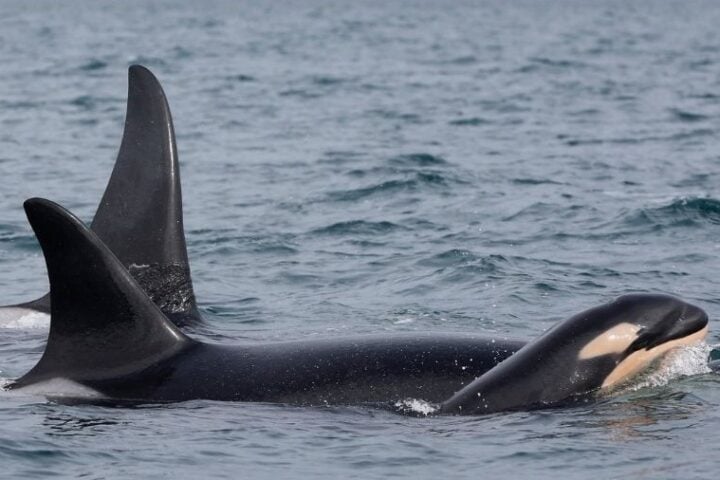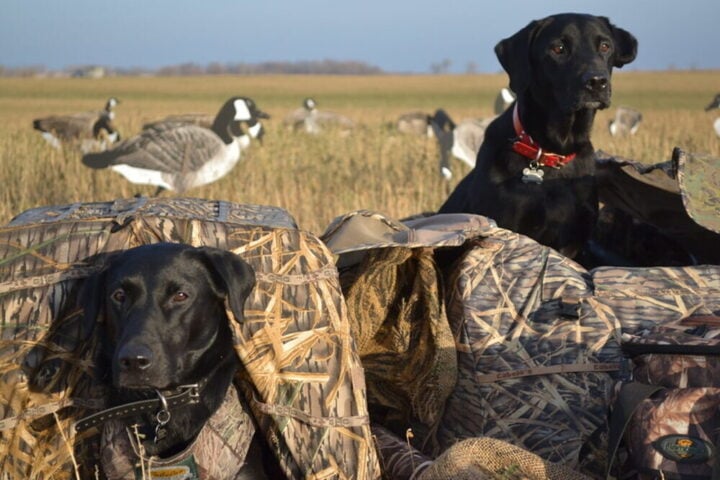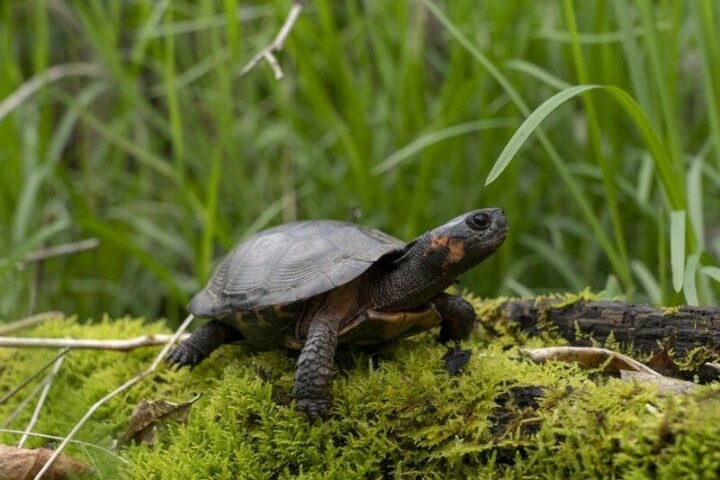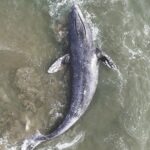The story of Alaska’s red king crab shows dramatic change. This seafood was once Alaska’s top shellfish fishery, deeply embedded in the culture of Alaska’s working waterfronts. Then, in the 1980s, the fishery collapsed. Since 1983, most populations have remained low statewide, with the Gulf of Alaska fishery still closed.
But new research brings hope. Scientists have discovered these crabs have diverse genetic traits that could help them survive changing ocean conditions. This genetic diversity works like a natural safety net, helping protect against threats like disease or changes in ocean chemistry.
“When it comes to understanding crab biomass declines and how to recover populations, we need to better understand population structure and local adaptation,” says Wes Larson from NOAA’s Alaska Fisheries Science Center. These concerns reflect the fishery’s vital role in Alaska’s coastal economy.
Scientists used whole genome sequencing to study crab DNA from different areas. They found six distinct genetic populations across Alaska’s waters, each adapted to their local conditions. This is twice the number previously known.
For fishing communities, this news matters. The Gulf of Alaska population, though reduced, shows no signs of reduced genetic diversity. This healthy genetic foundation means recovery is possible with proper management.
Similar posts
The findings already inform fishery management. Each region has separate management approaches, protecting these distinct populations. When hatcheries raise young crabs to boost wild populations, they now prioritize using local parent crabs to maintain genetic diversity.
For consumers, this research suggests that protecting these distinct populations could help ensure red king crab remains available despite changing conditions. The separate management of different regions helps preserve each population’s unique traits.
The research brings hope for both crabs and communities. With careful management based on this new understanding of genetic diversity, these crab populations could become more resilient to environmental changes and continue supporting Alaska’s fishing communities.
This matters because red king crab represents both a crucial marine species and an important resource for coastal communities. Better understanding these crab populations helps protect both the species and the fishing industry that depends on it.


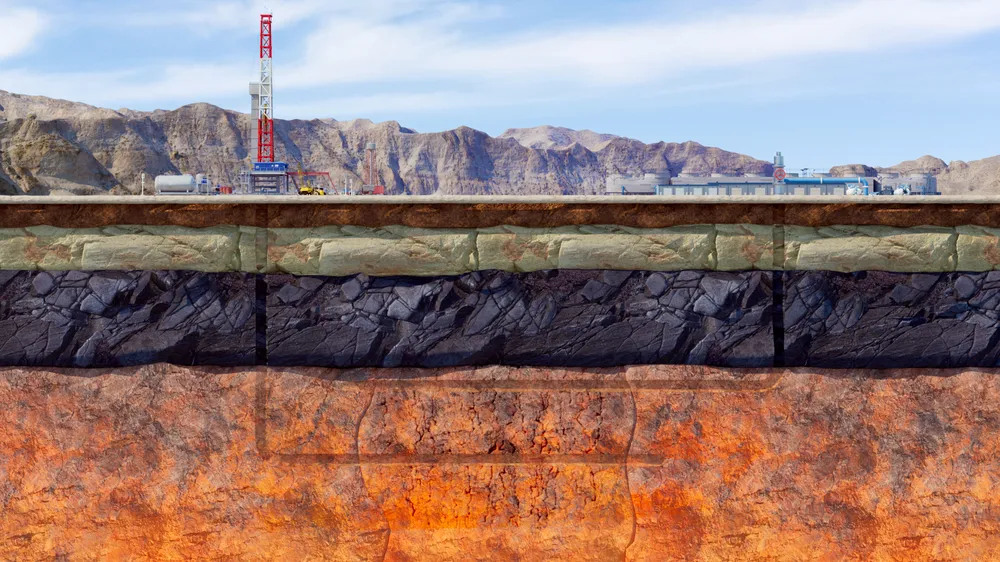
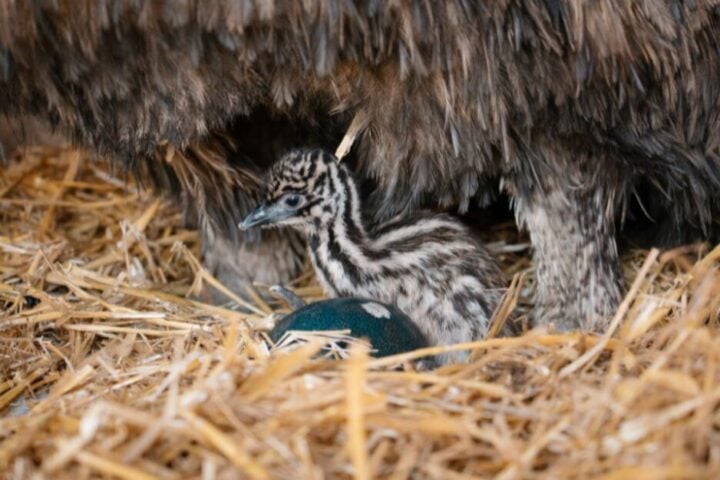
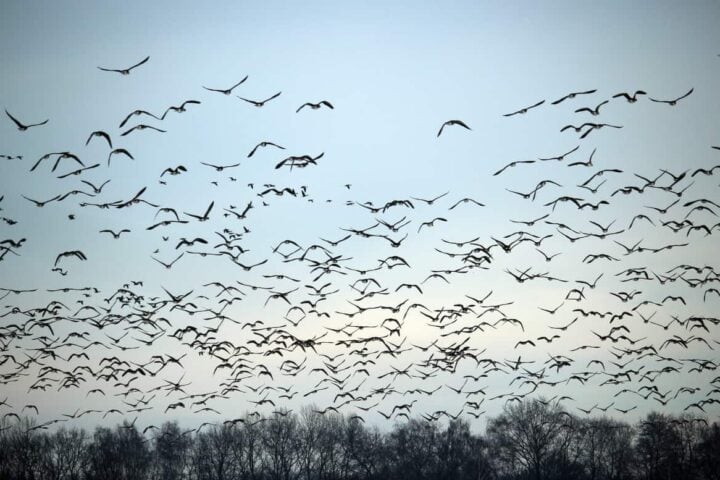
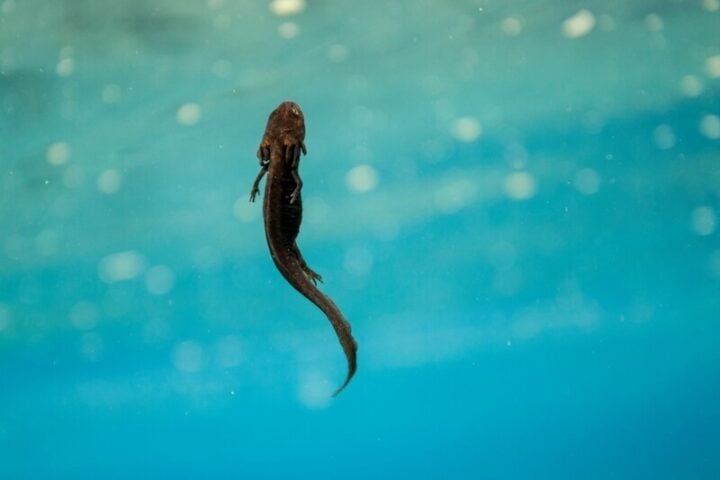
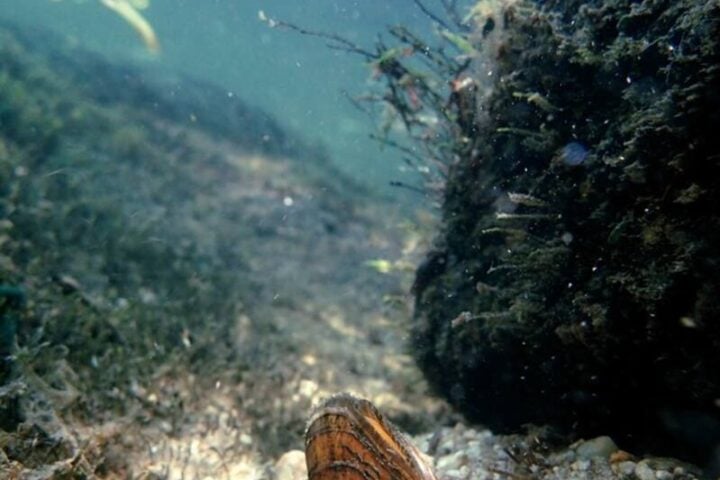




![Representative Image: European Starling [49/366]. Photo Source: Tim Sackton (CC BY-SA 2.0)](https://www.karmactive.com/wp-content/uploads/2025/04/Starlings-Drop-82-in-UK-Gardens-as-Birdwatch-2025-Reveals-Record-Low-Count-Since-1979-720x480.jpg)

